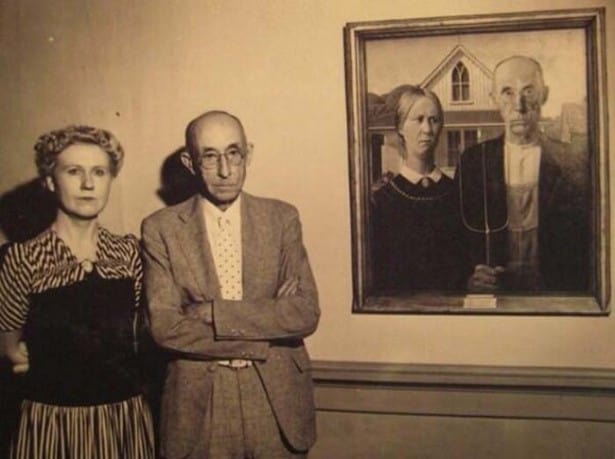So much of history is told through books, oral tradition, or art. Paintings will depict famous battles in history; historians and biographers will write down their version of history. But it is very seldom that we get to see huge historical moments captured in that very instant. So most of history’s events are told by historians or secondary witnesses. But with the modernization of film photography, we have the good fortune of seeing a few key pieces of history. It brings life to the people in history that we can only speculate on for certain time periods. Of course, we don’t have so much luck as to have photographs of Julius Caesar in Ancient Rome or George Washington Crossing the Delaware. But what we do have in film photography is enough to spark our historical imaginations and give life to the people in the photos. Following are historical moments caught on film. When the photographers took these photos, they probably did not realize they were capturing such monumental moments.

ADVERTISEMENT - CONTINUE READING BELOW
The Muses for ‘American Gothic’ Pose Next to the Painting
American Gothic is one of the most famous U.S. paintings of its generation and the models who posed were Nan Wood Graham, the painter’s sister, and Dr. Byron McKeeby, a dentist. Created in 1930, the painting is named for the house’s architectural style. Grant Wood‘s “American Gothic” shows the images of a man and a woman standing in front of a small wooden house. The woman is dressed in a colonial print apron evoking 20th-century rural Americana while the man is adorned in overalls covered by a suit jacket and carries a pitchfork. The plants on the porch of the house are mother-in-law’s tongue and beefsteak begonia.
According to the Art Institute of Chicago, the inspiration for the painting came while Wood was visiting the small town of Eldon in Iowa – where he grew up. There, a little wood farmhouse, with a single oversized window, made in a style called Carpenter Gothic was tucked amongst the American landscape. Wood’s earliest biographer, Darrell Garwood, noted that Wood “thought it formed a borrowed pretentiousness, a structural absurdity, to put a Gothic-style window in such a flimsy frame house”. After obtaining permission from the house’s owners, Selma Jones-Johnston and her family, Wood made a sketch the next day in oil paint on paperboard from the front yard. This sketch depicted a steeper roof and a longer window with a more pronounced ogive than on the actual house – features which eventually adorned the final work.

